Marrakesh in Black and White: explore the city markets, plazas and historic sites in monochrome
Capturing images of Marrakesh in black and white transforms the city into a different attitude: exotic, moody and yes even mysterious. There is so much that westerners do not understand about the traditions, religion, culture and history of the Moroccan people. All of the places we see are the typical tourist attractions: monuments, the medina and souks, palaces and museums, and historic centers. But I am here to discover and learn a bit about Moroccan culture. With a little effort and research before and during our journey, the small bits of information we absorb and learn about Morocco’s rich culture helps us gain more meaning to the historic monuments and treasures we visit.
While walking around photographing various scenes and attractions around the city, I take my time to discover and contemplate what makes Marrakesh tick. For some reason, walking slowly around the various venues and seeing things that grabbed my eye helped me to take notice and focus on the many facets of living in this vibrant community. Following are some images I took while walking around the different neighborhoods and attractions in Marrakesh. I hope these photos convey not just what the city looks like and filled with exotic attractions and entertainment, but also how it functions and survives.
Why photograph Marrakesh in Black and White?
Photographing Marrakesh in black and white offers a unique and captivating perspective of this vibrant city. Here are some compelling reasons to choose this artistic approach:
Timeless Elegance:
Black and white photography imparts a timeless quality to your images. It allows you to capture the essence of Marrakesh’s historic architecture, intricate details, and cultural richness without the distractions of color.
Emphasis on Texture and Contrast:
Without color distractions, black and white photography emphasizes the textures, patterns, and contrasts that define Marrakesh. It brings out the intricate designs of tiles, textiles, and architectural details.
Focus on People and Emotions:
Portraits and street photography become more poignant in black and white. It allows you to focus on the expressions, emotions, and stories of the people you encounter in Marrakesh’s bustling medina.
Highlighting Light and Shadow:
Marrakesh’s play of light and shadow is a visual feast. Black and white photography accentuates the interplay between light and dark, creating dramatic and evocative compositions.
Cultural and Historical Depth:
By removing color distractions, black and white photography allows viewers to delve deeper into the cultural and historical layers of Marrakesh. It connects the present with the city’s rich past.
Artistic Expression:
Black and white photography is a form of artistic expression. It invites you to see Marrakesh through a creative lens, encouraging experimentation with composition and mood.
Iconic Imagery:
Many iconic images of Marrakesh, captured by renowned photographers, are in black and white. Embracing this style can help you create images that resonate with the city’s photographic legacy.
In essence, photographing Marrakesh in black and white is a way to distill the city’s essence, culture, and character into images that evoke emotion and transcend time. It’s a choice that allows you to tell Marrakesh’s story in a uniquely artistic and captivating manner.
Where is Marrakesh located?
Marrakesh is located in Morocco, North Africa. It is one of the major cities in the country and is situated in the southwestern part of Morocco, near the foothills of the Atlas Mountains. Marrakesh is renowned for its rich history, vibrant culture, and bustling souks (markets), making it a popular destination for travelers seeking an authentic Moroccan experience.
How to get around Marrakesh
Getting around Marrakesh is relatively straightforward, and there are several transportation options to explore the city:
Walking: Marrakesh’s historic Medina (old town) is best explored on foot. Many of the city’s attractions, such as the famous Jemaa el-Fnaa square, palaces, and souks, are within walking distance of each other.
Bicycle: Renting a bicycle is a popular and eco-friendly way to get around Marrakesh, especially in areas outside the Medina. Some hotels and rental shops offer bicycles for tourists to explore the city.
Caleche (Horse-drawn carriage): Taking a caleche ride is a unique and charming way to experience Marrakesh. These traditional horse-drawn carriages can be found in popular areas like Jemaa el-Fnaa and offer leisurely tours of the city’s main landmarks.
Taxi: Taxis are a convenient mode of transportation in Marrakesh. There are two types: petit taxis (small, red taxis) that operate within the city, and grand taxis (larger, white taxis) for longer journeys and excursions outside the city.
Bus: The city has a public bus system, operated by the company ALSA, which connects various neighborhoods and suburbs. Buses are an affordable option for traveling longer distances within Marrakesh.
Hop-on Hop-off Bus: For tourists, the hop-on hop-off tourist buses provide a convenient way to explore Marrakesh’s major attractions. These buses follow designated routes and allow passengers to get on and off at different points of interest.
Car Rental: While driving in Marrakesh can be chaotic, some travelers prefer the flexibility of renting a car to explore the city and its surroundings independently.
When moving around Marrakesh, keep in mind that the Medina’s narrow streets are often not accessible by car, so walking or using a bicycle or caleche is the best way to navigate this historic area. For trips outside the Medina, taxis and buses are readily available options to explore the rest of the city and its attractions.
Small details
While walking around, I noticed and photographed the smaller details that tell its own story about this place, the little pieces joined give me a clearer idea about how it works and what daily life is like. Although Marrakesh is very large and tourist driven, it is still a working class city catering to everyday life and normal routines. I pick up the subtle make-up and familiar tasks while walking around, observing their typical activities and daily rituals. The markets we visit are not all tourist traps (at least the one’s outside the city walls) and everyday activities show busy lives and interesting details unfold. I peek and look through the portals and doorways, seeing some intoxicating views and the busy activities happening below. It is fascinating to contemplate the landscape and hustle from above.
Visiting the Souks of Marrakesh
Visiting the souks of Marrakesh is an exhilarating and sensory-rich experience. These bustling markets, nestled within the historic Medina, offer a kaleidoscope of colors, scents, and sounds. Wander through narrow alleys adorned with vibrant textiles, intricately crafted ceramics, and glittering lanterns.
Haggling with local vendors is a cherished tradition, creating an interactive and engaging shopping experience. From aromatic spices to traditional Moroccan slippers (babouches), the souks abound with unique treasures and authentic handicrafts.
Navigating the labyrinthine souks is part of the adventure, and getting lost in this maze is all part of the experience. Allow yourself to be enchanted by the vibrant atmosphere and immerse yourself in the timeless charm of Marrakesh’s souks, where each corner reveals a new and fascinating discovery.
Where are the fantastic views of Marrakesh from above?
Marrakesh offers several fantastic viewpoints from where you can enjoy panoramic views of this mesmerizing city. Here are some notable ones:
Koutoubia Mosque Minaret:
The Koutoubia Mosque is not only one of Marrakesh’s most iconic landmarks but also a great place to get a bird’s-eye view of the city. While non-Muslims can’t enter the mosque, you can still admire its stunning architecture and the minaret from the outside.
Bab Agnaou:
This historic gate, located in the southwest corner of the medina, provides a unique perspective of Marrakesh’s ancient walls and the bustling streets beyond.
Le Jardin Secret:
This beautifully restored palace and garden complex in the heart of the medina boasts a tower that offers panoramic views of the surrounding buildings and gardens.
Terrasse des Épices:This trendy rooftop restaurant in the medina not only serves delicious Moroccan cuisine but also provides a lovely view of the city’s rooftops and the Atlas Mountains in the distance.
La Mamounia Hotel:
Even if you’re not staying at this luxury hotel, you can visit its bar or restaurants for a glimpse of its beautiful gardens and views of the city.
Atlas Mountains:
While not technically within Marrakesh, a trip to the Atlas Mountains will reward you with breathtaking vistas. You can take day trips to areas like Ourika Valley or Imlil to enjoy mountainous landscapes.
Hot Air Balloon Ride:
For a truly unique perspective, consider taking a hot air balloon ride over Marrakesh at sunrise. This experience offers a stunning aerial view of the city and the surrounding countryside.
Aït Benhaddou:
Although it’s a bit of a drive from Marrakesh, Aït Benhaddou is a UNESCO World Heritage Site known for its ancient kasbah and dramatic desert landscapes. The view from the hilltop is especially captivating.
Remember that Marrakesh is a city known for its rooftop culture, so exploring various rooftop restaurants, cafes, and terraces can often lead to unexpected and delightful views of the city’s vibrant streets and historic architecture.
Visit to Djema El Fna
I’m glad I took photos of my travel companions on our first day tour of the Medina where we finally made it to Djemma El Fna, the main square of the old Medina. Don’t you think my travel companions look great in black and white with the Koutoubia in the background? It was an exciting and exhausting first day adventure for all of us, we packed in a full day of touring too many attractions around the Medina.
A visit to Djema El Fna is a mesmerizing immersion into the heart of Marrakesh’s cultural tapestry. This iconic square, located in the bustling Medina, pulsates with energy and offers a vibrant blend of sights and sounds.
By day, the square is a hive of activity with snake charmers, street performers, and henna artists captivating passersby. As the sun sets, the ambiance transforms, and Djema El Fna comes alive with the enticing aroma of freshly cooked Moroccan delicacies.
Food stalls serve a delectable array of dishes, from savory tagines to sweet pastries, providing a tantalizing feast for the senses. Music fills the air, as musicians and storytellers entertain captivated audiences.
Djema El Fna epitomizes the essence of Marrakesh, with its lively atmosphere and cultural authenticity. A visit here promises an unforgettable encounter with the captivating spirit of Morocco’s vibrant traditions and age-old charm.
More inside tips of capturing Marrakesh in Black and White
Capturing Marrakesh in black and white photographs allows you to showcase the city’s timeless beauty and evoke its rich cultural heritage. Here are some inside tips to help you create stunning black and white images:
Contrast and Texture: Focus on capturing the intricate details and textures found in Marrakesh’s architecture, like the ornate tiles, carved doors, and winding alleyways. Utilize the interplay of light and shadow to create striking contrasts in your photographs.
Portraits and Expressions: Seek out candid portraits of locals going about their daily lives in the Medina or at Djema El Fna. The timeless quality of black and white enhances the authenticity and emotions captured in their expressions.
Patterns and Geometry: Emphasize the city’s geometric patterns and repetitive motifs found in the architecture, market stalls, and Moroccan textiles. These elements add a sense of rhythm and visual interest to your images.
Focus on Culture: Use black and white photography to emphasize the cultural aspects of Marrakesh, such as traditional clothing, craftsmanship, and the vibrant street life.
Capture the Atmosphere: Leverage the moody and atmospheric ambiance of Marrakesh, especially during sunrise and sunset. These times provide soft lighting and create a dreamy quality in your photographs.
Explore in Low Light: Black and white photography works well in low-light situations. Venture out during the evening to capture the magical glow of lantern-lit souks and the enchanting nocturnal scenes.
Post-Processing: When editing your black and white images, experiment with adjusting contrast, highlights, and shadows to enhance the overall mood and tonality of the photographs.
Composition: Pay attention to composition, leading lines, and framing to create visually compelling black and white photographs that draw the viewer’s eye into the scene.
Capture Details: Don’t forget to photograph the smaller details, like spices in the market, intricate door handles, and traditional crafts, which add depth and authenticity to your visual storytelling.
Be Respectful: Always ask for permission before photographing people, especially in more intimate settings. Showing respect and building rapport will lead to more authentic and powerful portraits.
By using these inside tips, you can capture the soul of Marrakesh in black and white, revealing the timeless charm and cultural essence of this captivating Moroccan city.
Final thoughts on capturing Marrakesh in Black and White
It’s sometimes a great exercise to explore an old and sublime city and photography it in black and white. I think this approach creates a more authentic presentation and an aged patina, don’t you agree? If you haven’t had a chance yet, please take a look at my post on our first day adventures exploring Marrakesh, it was a full, exhausting and wonderful day exploring various sites around the Medina. Also, here’s a post of our first meal trying local dishes cooked in traditional tagines outdoors, it was an exceptional lunch that we practically gobbled up in just a few minutes.
Conclusion on Marrakesh in black and white
Marrakesh in black and white is a captivating tale of contrasts, where ancient traditions meet modern aspirations. Amidst the labyrinthine Medina, time-honored customs persist, and vibrant souks come to life with colorful wares. Yet, as the sun sets over the bustling Jemaa el-Fnaa, a sense of mystery and allure permeates the city, evoking a timeless charm. In the starkness of monochrome, the rich tapestry of Marrakesh’s culture and history emerges, a testament to its enduring allure. From the iconic Koutoubia Mosque to the tranquil Majorelle Garden, the city’s architectural splendors leave an indelible mark on the imagination. Marrakesh, in black and white, reveals a city of enchantment, where shadows and light dance harmoniously, weaving a tapestry of time-honored beauty.
If you enjoyed this post on Marrakesh in black and white, photo Friday, please subscribe below and also share the post with a of the social media buttons surrounding the post, thank you.

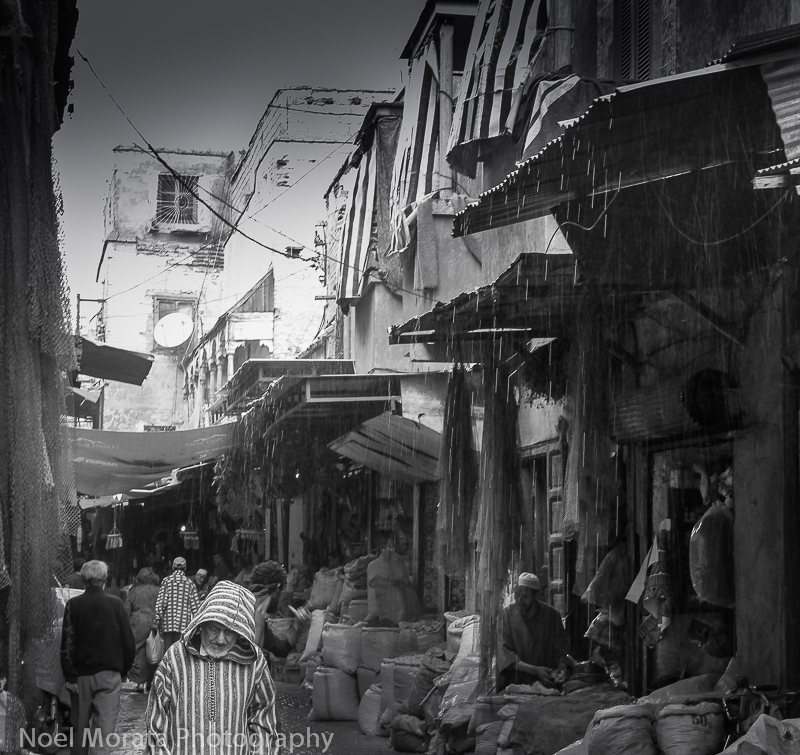
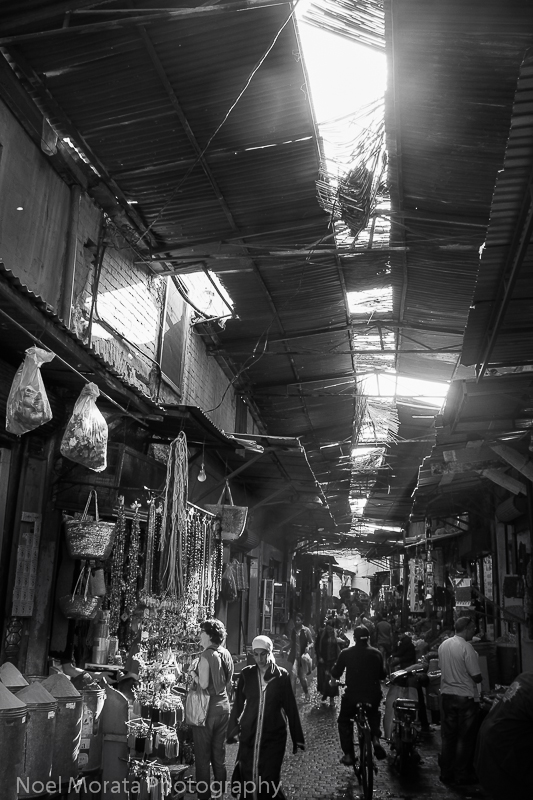
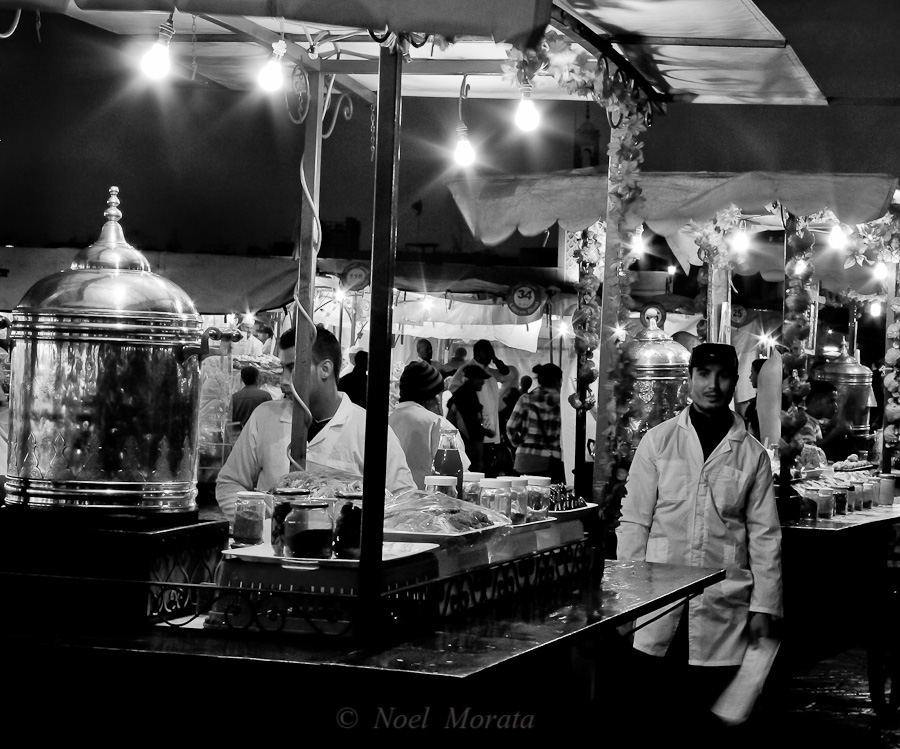
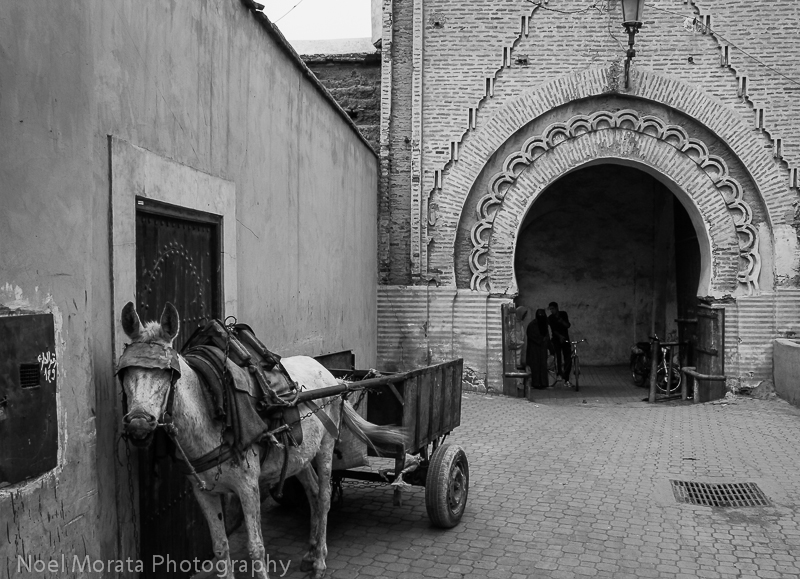
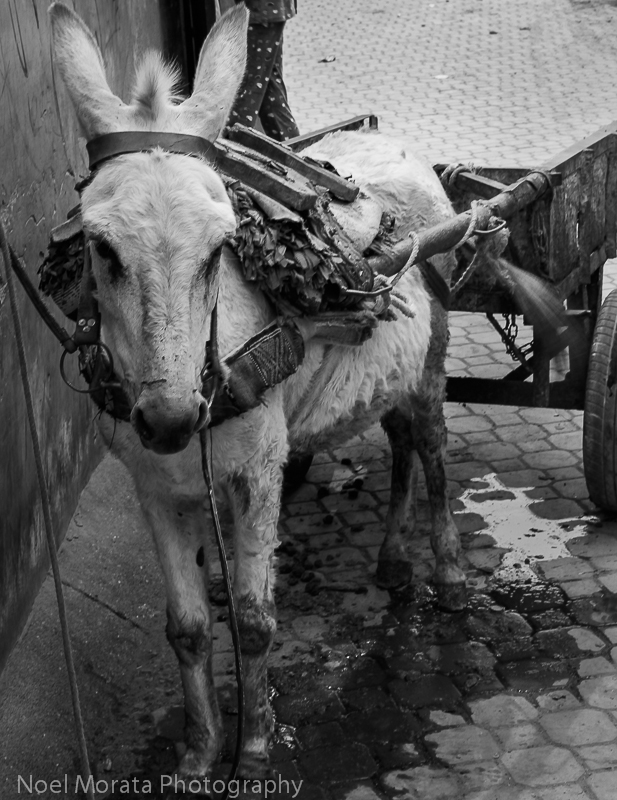
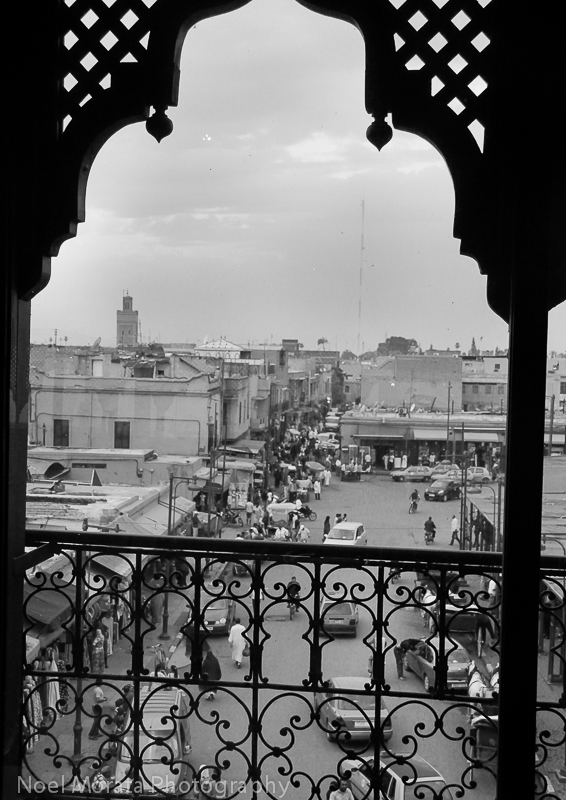
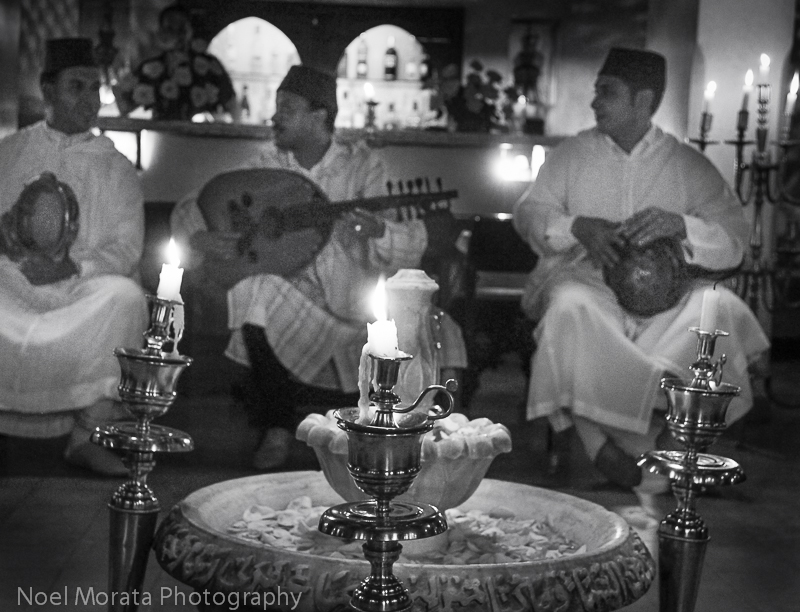
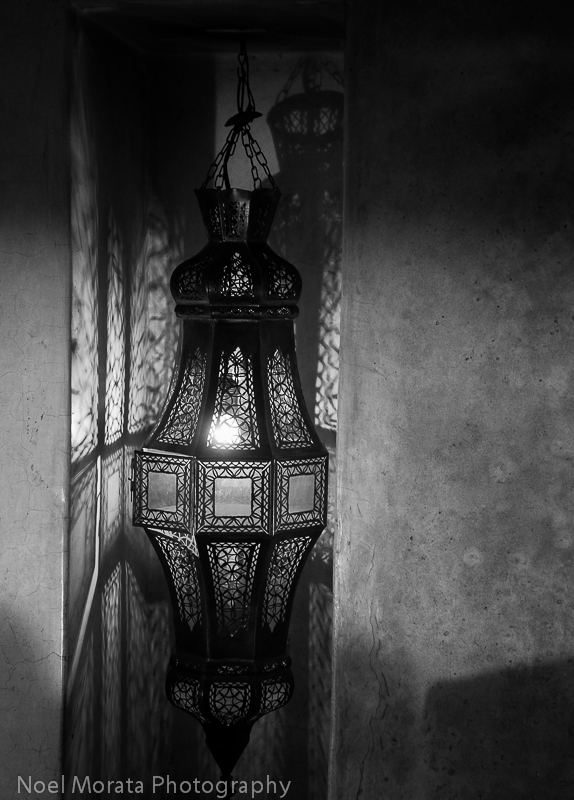
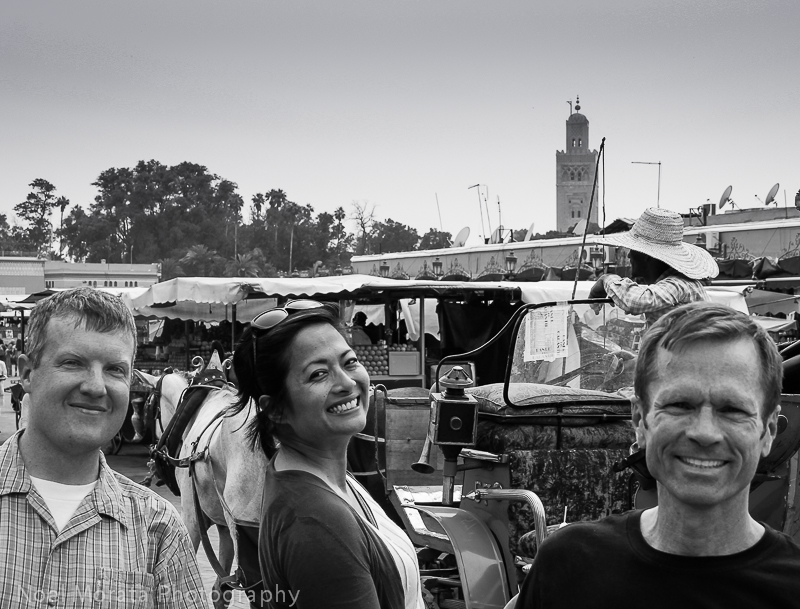

Hello Noel Morata, great black & white portfolio of Marrakech!
We share & like that
The night market is our favourite
Check our blog when you have 2 sec
http://les-deux-tours.blogspot.fr/
Bye
Great photos and really a different perspective to see them in black and white.
Some stunning shots as always, Noel.
I especially love the one of the horse with the gate in the background.
It looks like there’s a lot of history in Marrakesh that I’d just love to see.
Hi Dale,
Yes it is a cool place to discover and take some amazing photographs, thanks for checking them out!
I typically associate Marrakech (and Morocco in general) with the vibrant colors. It’s lovely to see the city through another lens. Beautiful photos!
Hi Melissa, thanks for that comment, yes i love the colors of Morocco, but also doing this in black and white gives it a different flavor, txs for the input